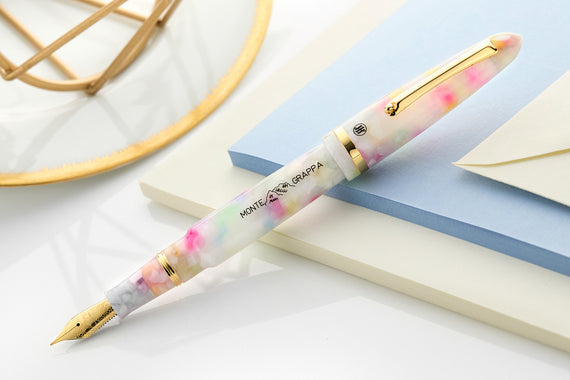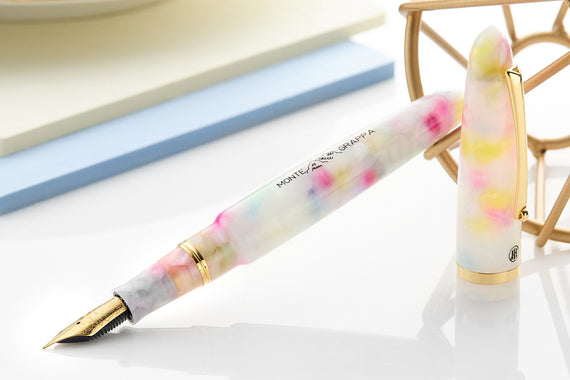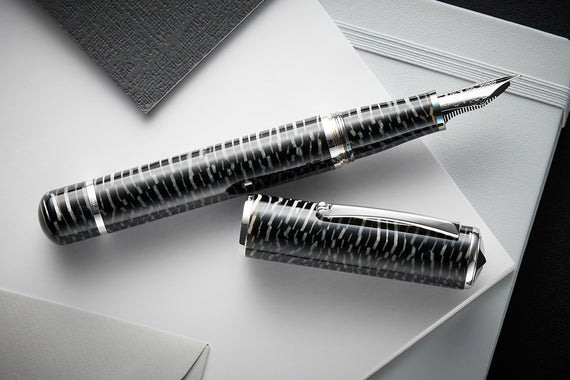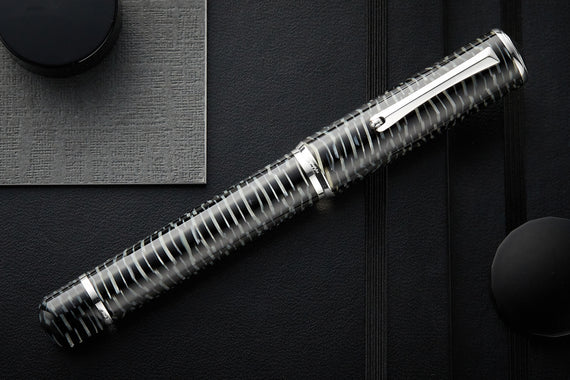White Fountain Pens

62 products


Sale
Montegrappa Venetia Fountain Pen - Marshmallow (Limited Edition)
$396.00
$495.00


Sale
Montegrappa Celluloid Masters Arte Fountain Pen - Zebra (Limited Edition)
$1,800.00
$3,000.00
























































































































